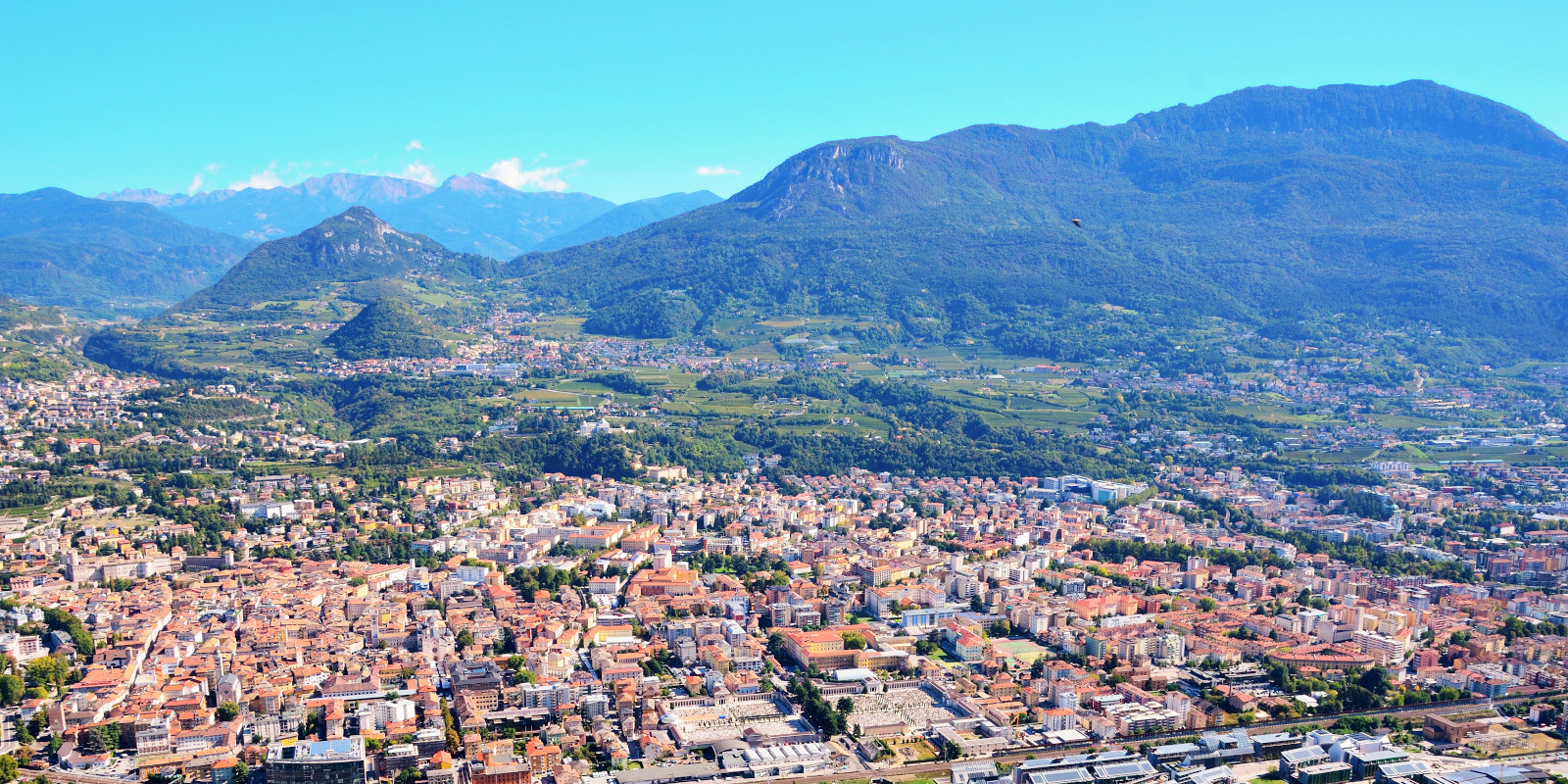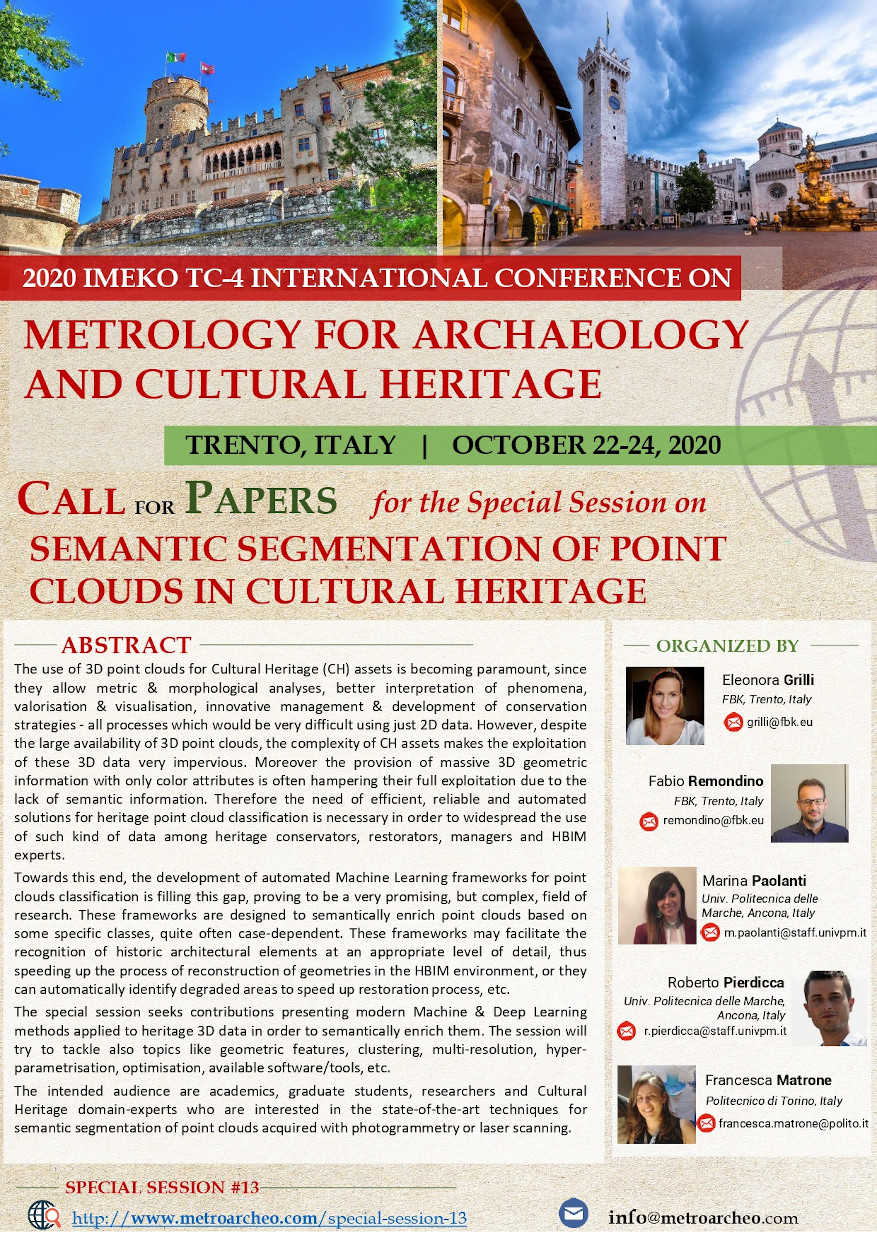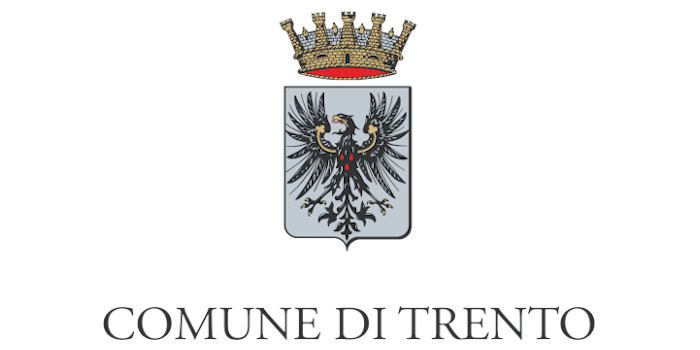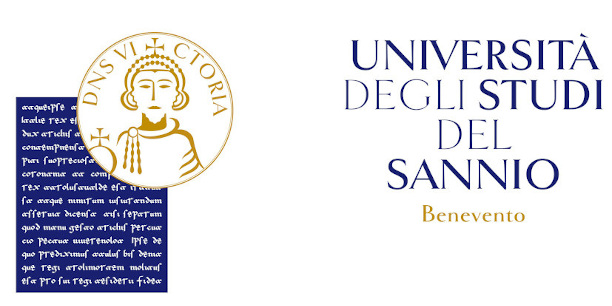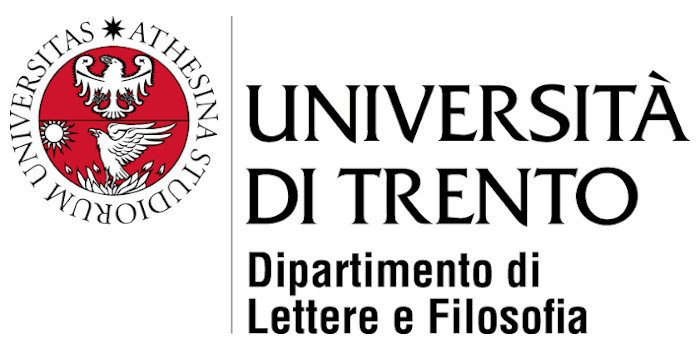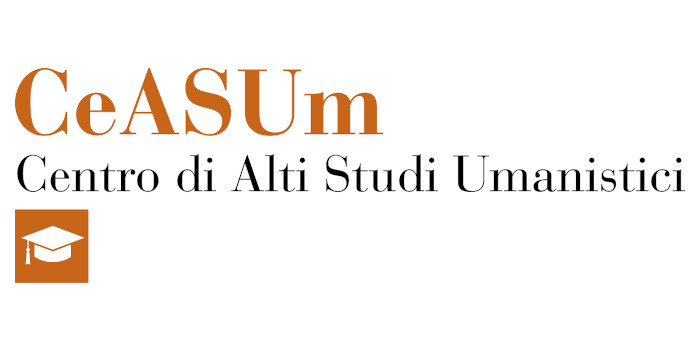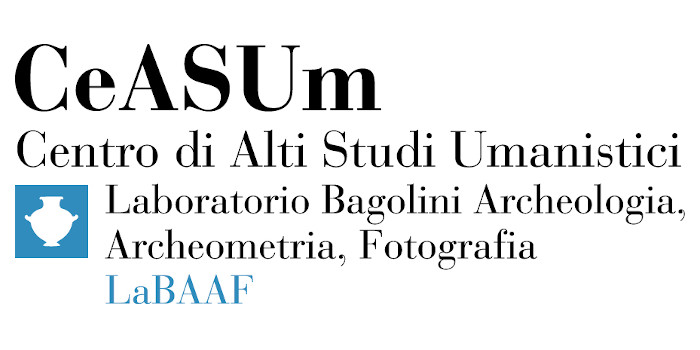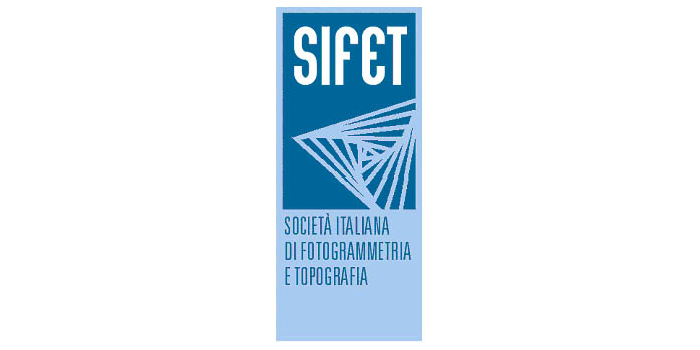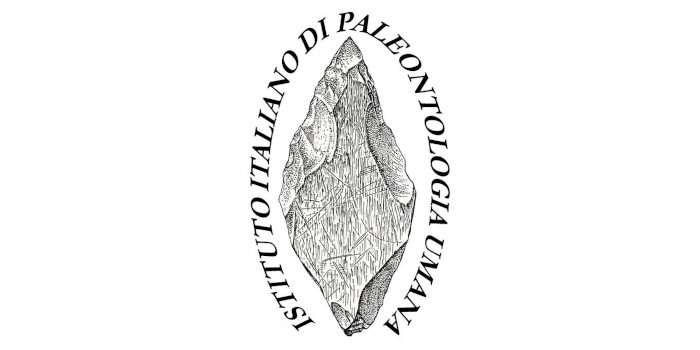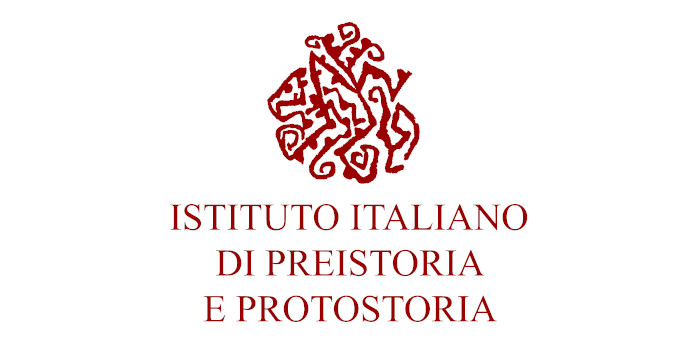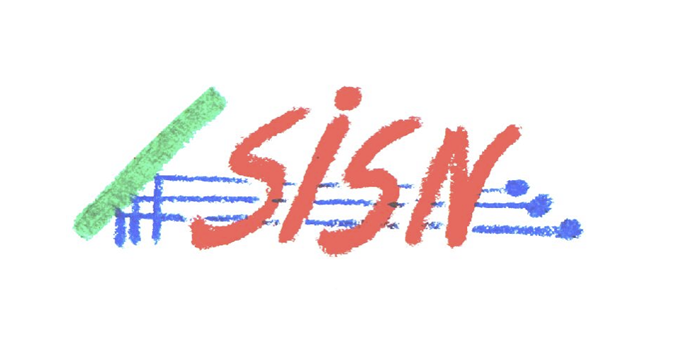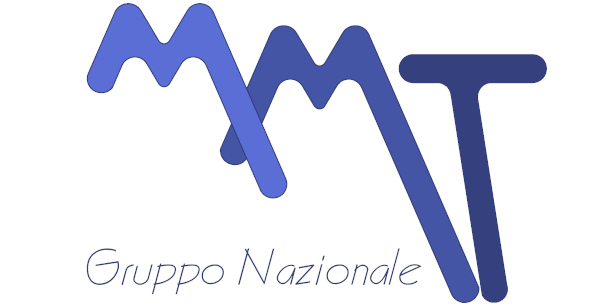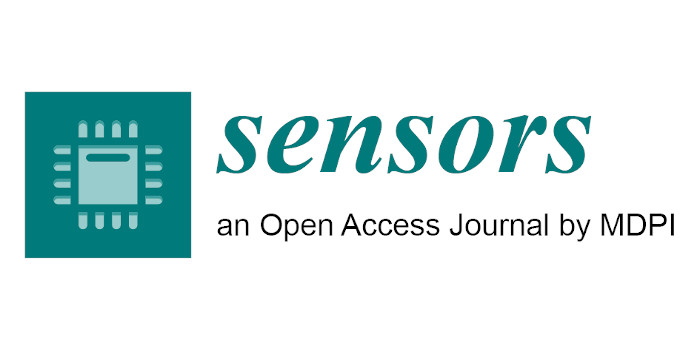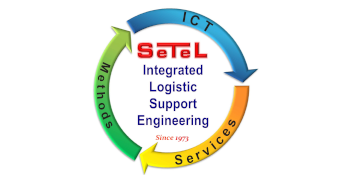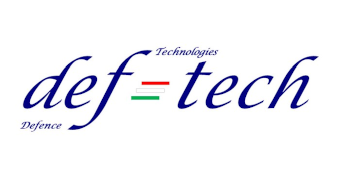Semantic Segmentation of Point Clouds in Cultural Heritage
ORGANIZED BY
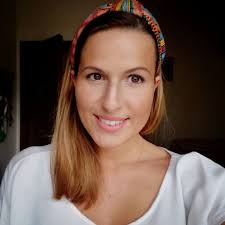
Eleonora Grilli
FBK, Trento, Italy
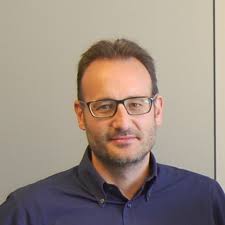
Fabio Remondino
FBK, Trento, Italy
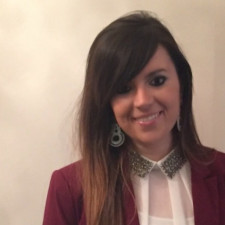
Marina Paolanti
Univ. Politecnica delle Marche, Ancona, Italy
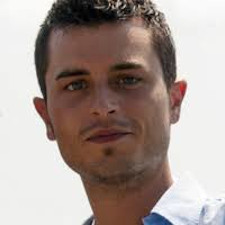
Roberto Pierdicca
Univ. Politecnica delle Marche, Ancona, Italy
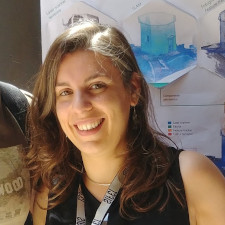
Francesca Matrone
Politecnico di Torino, Italy
ABSTRACT
The use of 3D point clouds for Cultural Heritage (CH) assets is becoming paramount, since they allow metric & morphological analyses, better interpretation of phenomena, valorisation & visualisation, innovative management & development of conservation strategies - all processes which would be very difficult using just 2D data. However, despite the large availability of 3D point clouds, the complexity of CH assets makes the exploitation of these 3D data very impervious. Moreover the provision of massive 3D geometric information with only color attributes is often hampering their full exploitation due to the lack of semantic information. Therefore the need of efficient, reliable and automated solutions for heritage point cloud classification is necessary in order to widespread the use of such kind of data among heritage conservators, restorators, managers and HBIM experts.
Towards this end, the development of automated Machine Learning frameworks for point clouds classification is filling this gap, proving to be a very promising, but complex, field of research. These frameworks are designed to semantically enrich point clouds based on some specific classes, quite often case-dependent. These frameworks may facilitate the recognition of historic architectural elements at an appropriate level of detail, thus speeding up the process of reconstruction of geometries in the HBIM environment, or they can automatically identify degraded areas to speed up restoration process, etc.
The special session seeks contributions presenting modern Machine & Deep Learning methods applied to heritage 3D data in order to semantically enrich them. The session will try to tackle also topics like geometric features, clustering, multi-resolution, hyper-parametrisation, optimisation, available software/tools, etc.
The intended audience are academics, graduate students, researchers and Cultural Heritage domain-experts who are interested in the state-of-the-art techniques for semantic segmentation of point clouds acquired with photogrammetry or laser scanning.
ABOUT THE ORGANIZERS
Eleonora Grilli received a PhD in "Segmentation and semantics of architectural point cloud" from the University of Bologna in collaboration with FBK Trento, Italy. She has a Master degree in Building and Urban Systems Engineering (University of Bologna) and a Bachelor degree in Building Engineering (University of Bologna, Italy). Her main research interests are devoted to machine learning methods for point cloud semantic segmentations.
Fabio Remondino is the head of the 3D Optical Metrology (http://3dom.fbk.eu) research unit at FBK - Bruno Kessler Foundation (http://www.fbk.eu), a public research center located in Trento, Italy. His main research interests are in the field of reality-based surveying and 3D modeling, sensor and data fusion, 3D data classification. He is working in all automation aspects of the entire 3D modeling pipeline like automated image orientation, dense image matching / multi-view stereo, automated registration of range data, feature extraction, 3D data classification, etc. He's author of more than 200 articles in journals and conferences. He was involved in knowledge and technology transfer, organizing more than 30 conferences, 20 summerschools and 5 tutorials. Fabio is currently serving as President of the ISPRS Technical Commission II (http://www.isprs.org) and Vice-President of EuroSDR (http://eurosdr.net).
Marina Paolanti is a post-doc research fellow and contract professor at the Department of Information Engineering (DII) of Università Politecnica delle Marche. Her research focuses on Deep Learning, Machine Learning, image processing, and Computer Vision. During her PhD, she has worked at GfK Verein (Nuremberg, Germany) for Visual and Textual sentiment analysis of brand related social media pictures using Deep Convolutional Neural Networks. She is a member of IEEE and CVPL.
Roberto Pierdicca is a post-doc research fellow and contract professor at the Department of Civil, Building Engineering of Università Politecnica delle Marche. His research activity is mainly focused on Geo-Informatics, Digital Cultural Heritage, Ambient Intelligence and Space Sensing. His skills between Geomatics and Informatics had been extensively used in several National and International projects about Archaeology and Cultural Heritage. He coordinated research projects in the field of tourism management and multimedia tools development. He is author of more than 60 papers in International journals and conference proceedings. He is expert of EU fundings since he acted as expert consultant for regional agencies. He is Member of ACM and SIFET.
Francesca Matrone is PhD student since October 2017 in Urban and Regional Development (XXXIII cycle) at the Politecnico of Torino, Italy. She got a postgraduate Diploma in Architectural and Landascape Heritage in 2017, a Master's Degree in Architecture Heritage Preservation And Enhancement in 2014 and a Bachelor's Degree in History And Preservation Of Architectural And Environmental Heritage in 2012.
